Dwarakeshwari riverbank comes alive with 150-year-old Muri Festival
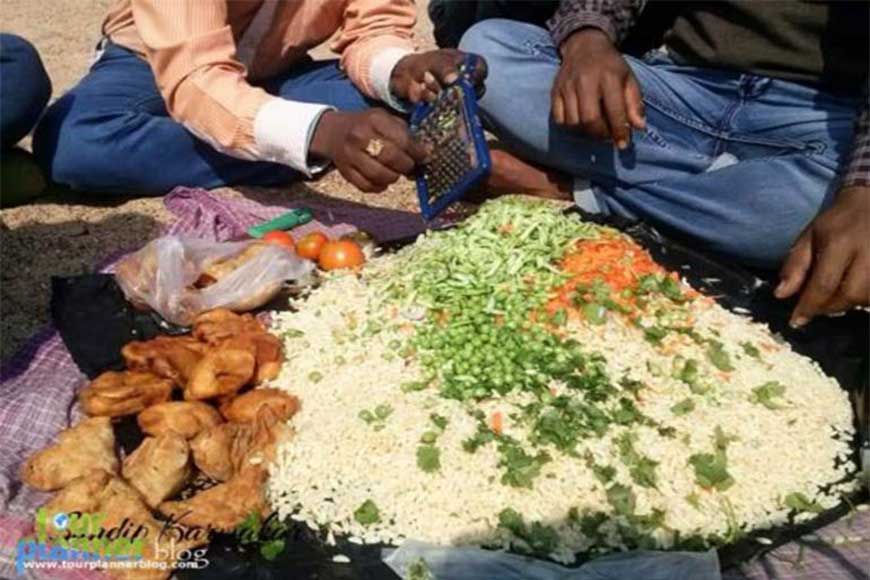
‘Muri Muri, Jhal Muri, Will you have spicy, hot muri?’ The familiar yell of the hawker emanating from the crowded railway compartment is so inviting and magical that any muri aficionado will grab his/her purse and take out cash to buy the oh-so-yummy and addictive concoction. But Bengalis’ love affair with muri does not culminate with a journey. In fact, this unassuming muri is deeply entrenched in the Bengali’s food culture. It is the most common and widely consumed breakfast or snacking item, a comfort food and the safest food during stomach ailments. Muri occupies an important position next to traditional aristocratic dishes like ‘loochi’ or ‘paratha’ and people love it as much as they love their French toast, rolls and kebabs. For the people of Rarh Bengal ((Rarh is composed of the districts on the western fringe of West Bengal. It is also known as the Bardhaman division), their love affair with muri has been eternal and it has always been the favourite food item of the masses. But is it not amazing that an entire fair is held to publicly proclaim muri’s supremacy in the food kingdom? Perhaps, that was the idea behind launching this mega muri ‘mela’ about 150 years ago.
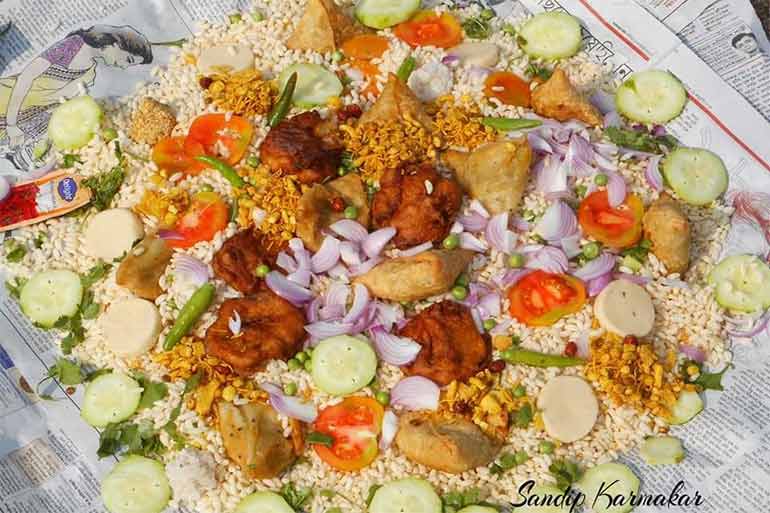
Kenjakura village, located on the banks of Dwarkeswar River in Bankura district, suddenly springs to life in winter annually when people from far off villages make a beeline for the traditional Muri fair held in the village. The ashram of the holy Sanjivani Mata is located close to the riverbank. Every year, on the occasion of Makar Sankranti, devotees gather at the ashram in large numbers and join in the chorus and sing hymns in praise of gods (Harinam Sankirtan). This programme continues for four days from 1st to 4th of Magh (the 10th month according to Bengali calendar) and on the final day, the Muri fair begins in right earnest.
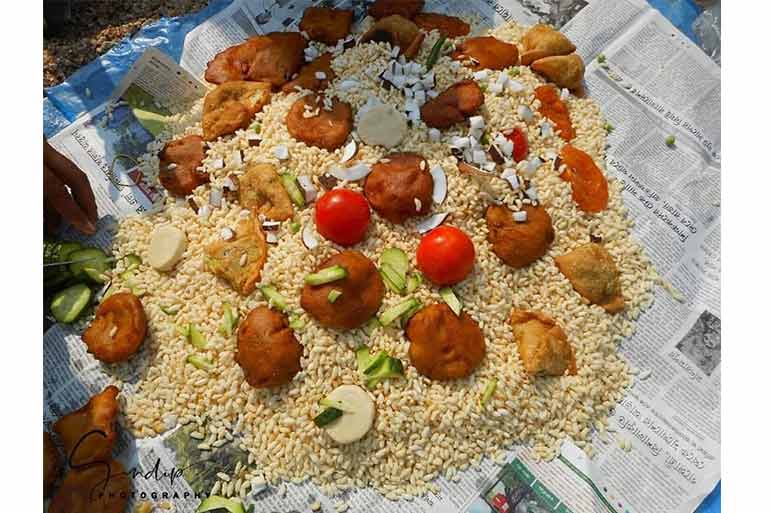
The area around the ashram was once densely forested. Devotees from far off places came to the shrine to participate in the annual Sankirtan Festival. However, after nightfall, it was impossible for them to venture into the forest and return home. So, they carried muri with them from home and had it with ‘batasha’ (sugar meringues or sugar drops) at night as dinner. That tradition gradually transformed into a local fair. Over time, Bankura Muri Mela metamorphosed into a unique traditional festival by itself.
Locals enthusiastically await this annual carnival. In fact, people from other towns and cities troop in during this time to join in the festivities. It is impossible to imagine the kind of emotion the locals have for 4th Magh when the Muri fair begins. For urbanites who have puffed rice once in a while to break the monotony of regular food consumption, find it strange to discover the attachment and pride of the people of Bankura for whom muri means a lot more than just one of the food items. People from 50 to 60 villages gather at the carnival site and the tranquility of the place is abruptly shattered by the cacophony of the multitude.
Also read : Paying homage to the soil
Bengalis love to travel and if it is winter, nothing can stop an average Bengali from experiencing travel. During the winter months, the weather is perfect, and there is something quite alluring about it all. Groups of villagers sit with their families on the bank of the river and spread a broadsheet newspaper or towel. Muri is poured on the paper and then myriad condiments are mixed to make it yummy. These include everything from mustard oil, salt, chili powder/flakes, diced onions, chilies and coriander leaves to roasted peanuts, soaked or roasted grams, pea pods, chanachur (mixed savoury snack) diced coconut et al, To add more taste to the muri, it is consumed with an assortment of deep fried savouries including potato chop, brinjal and onion fritters and shingara. An addition of desserts like ‘narkel naru’ and ‘pithe’ complete the family meal.
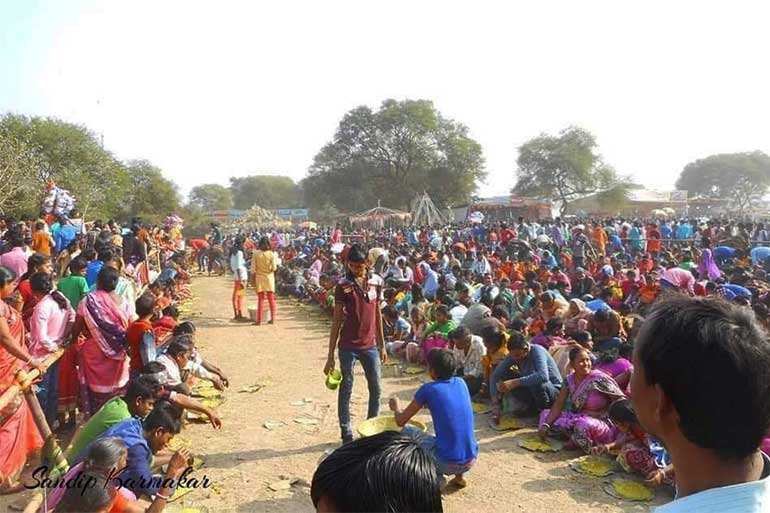
The tradition of the fair is expressed through the popular proverb: “Aamra Bankurabashi,/ Muri khai rashi rashi..” (We the people of Bankura eat muri in copious amount). Anecdotes about muri galore. There is even this lore about Narada Muni, the god-sage, who is believed to be a travelling musician and storyteller carrying news and enlightening wisdom, was once flying above Rarh Bengal when he was terrified by the sudden and sonorous whistling sound of dampening muri. It is a very common custom in Bankura, Birbhum and Burdwan area to moisten muri before consuming it in a soggy state.
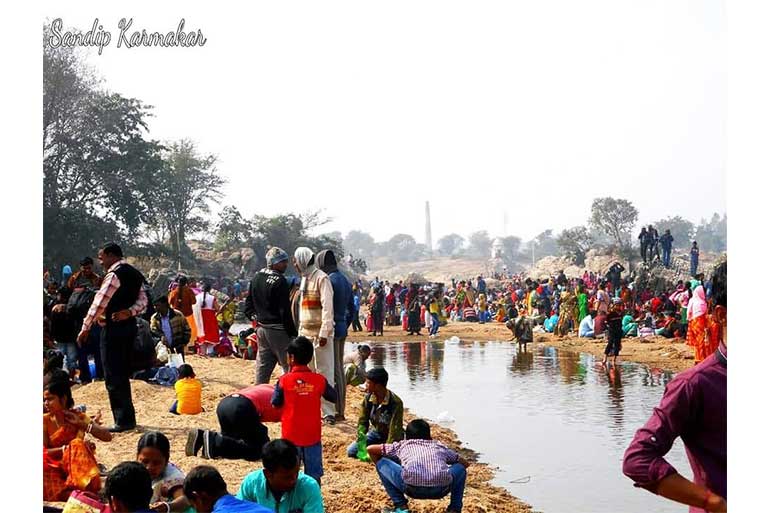
Although the fair is 150 years old, its fame and grandeur increased in the last three decades. Prior to that, the fair was confined to the village and celebrated by locals as a rural pageant. But over the years, it gained so much popularity that it is now celebrated in Burdwan as well. On the day of Poush Sankranti, ‘Muri Mela’ is held at Kanksa village of Burdwan-Panagarh. The villagers attending the Bankura fair are fed Khichuri Prasad in the afternoon at Sanjivani Mata Ashram. After a dip in the freezing Dwarkeshwar River, visitors partake the prasad, have fun and as evening descends, they proceed on their way to their own villages. The year-long wait begins once again.
Image courtesy : Sandip Karmakar










